
The Grounds Guys offer expert tips on xeriscaping with drought-resistant plants.
|
As many parts of the U.S. face growing drought risks, interest in xeriscaping continues to grow. In a nutshell, xeriscape landscaping is an approach that seeks to limit the use of water by using drought-tolerant plants, hardscapes, and efficient irrigation systems. Not only can xeriscaping help you lower your water usage, but it also results in a beautiful, low-maintenance outdoor space. When planning your project, one of your first steps is to choose your xeriscape plants.
Table of Contents:
Top Xeriscape Plants for Your Garden
First things first, they’re called “xeriscape plants,” not “zero-scape plants,” and the good news is that you have many beautiful and unique plants to choose from. The not-so-good news is that having several options can sometimes feel overwhelming, especially when planning the future look of your yard. We’re here to help with our short list of the best plants for xeriscaping.
Bearberry
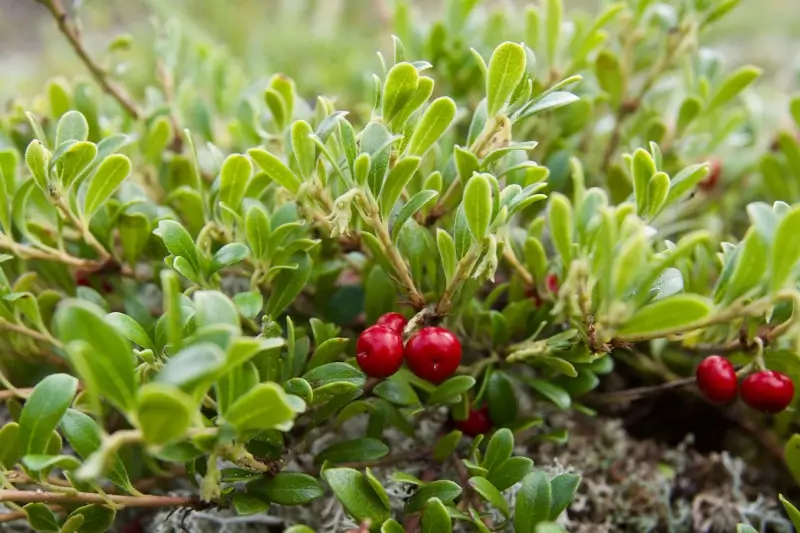
This low-growing evergreen shrub is one of our favorite xeriscape garden plants. Native to many parts of North America, it features small, glossy leaves and delicate, pink bell-shaped flowers that blossom in the spring, followed by the emergence of bright red berries. Once established, Bearberry works as an excellent groundcover and thrives in well-draining soil with minimal water.
Blue Fescue
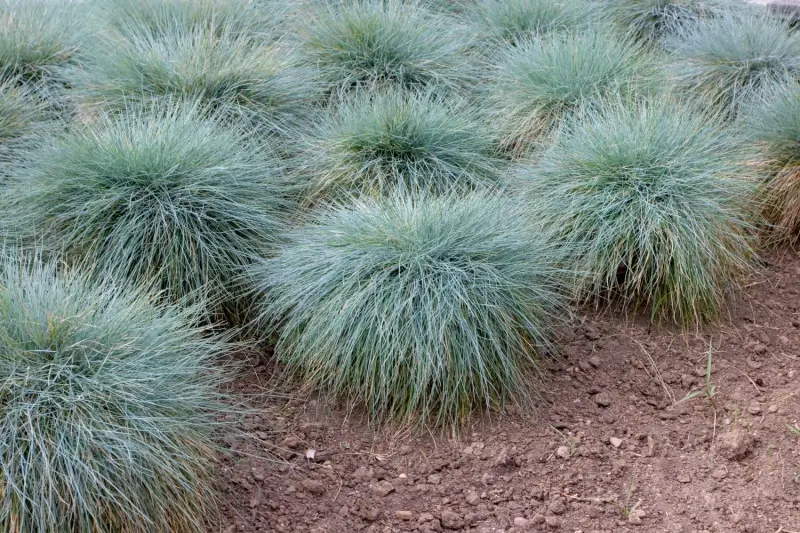
A striking ornamental grass, blue fescue forms neat, blue-green tufts that add texture and color to xeriscape designs. While not native to North America, blue fescue grows well here and maintains its color throughout the growing season. Its persistent foliage provides winter interest. Blue fescue does best in full sun and well-draining soil.
Black-Eyed Susan
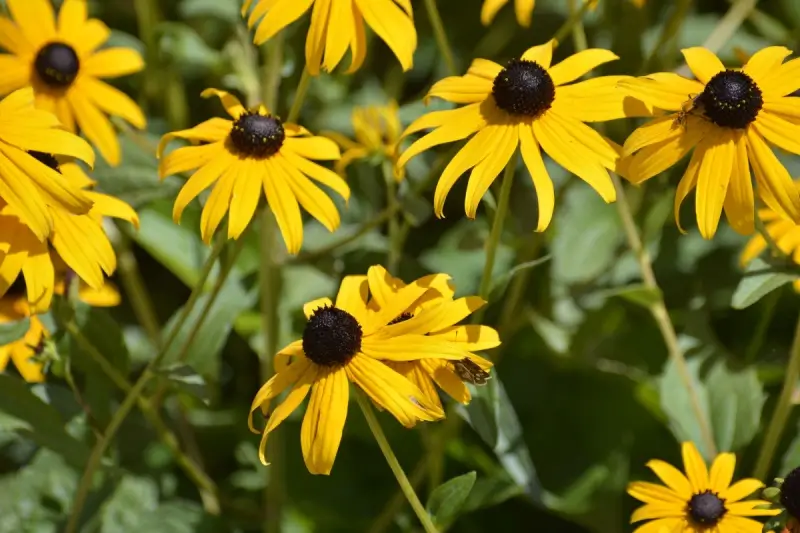
One of the most popular picks for xeriscape designs, this cheerful, daisy-like wildflower is found in most of the eastern and central United States. Black-eyed Susans feature bright yellow petals surrounding a dark brown center and bloom from mid-summer to fall. These drought-tolerant, low-maintenance blooms will also attract pollinators like bees and butterflies to your yard.
Canadian Columbine
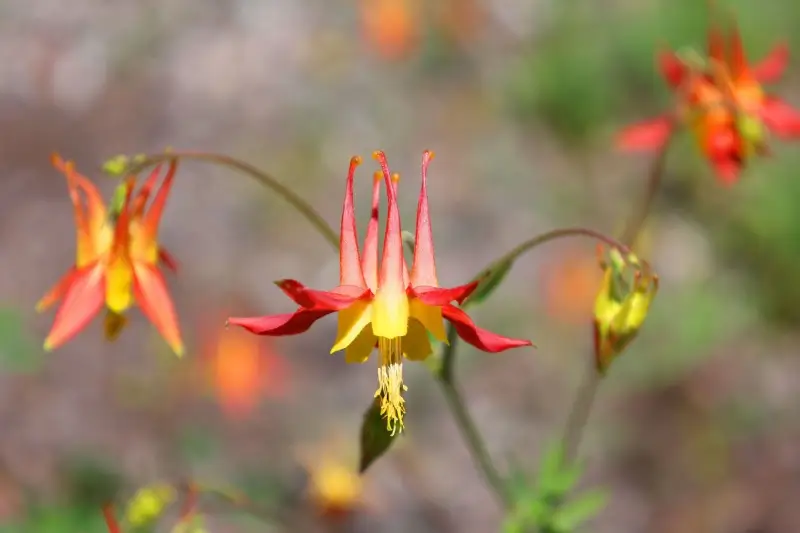
A delicate, spring-blooming perennial, the Canadian Columbine features red and yellow nodding flowers that attract hummingbirds. Despite its name, the Canadian Columbine is popular throughout the United States and can be found from New England to Florida. It prefers well-draining soil and can tolerate periods of drought after being established.
Stonecrop
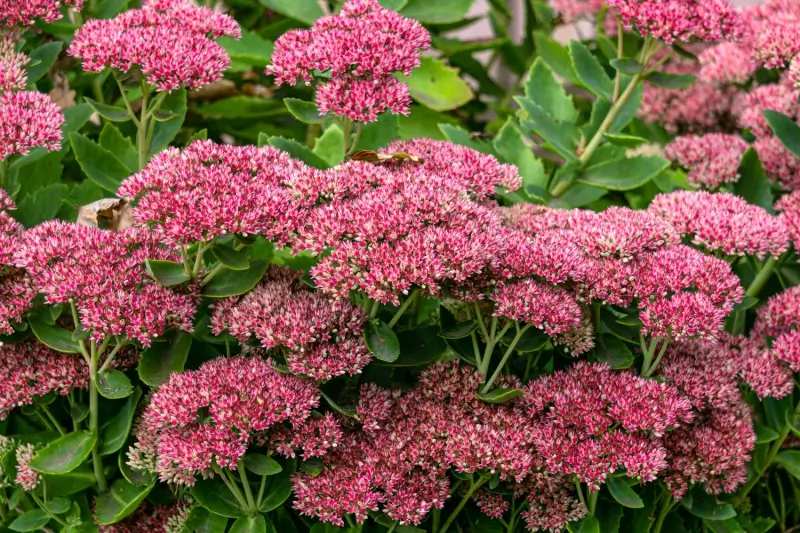
These succulent plants form low-growing mats of fleshy leaves and produce groups of star-shaped flowers in hues of pink, yellow, or white. Stonecrops are extremely drought-tolerant and thrive in rocky, well-draining soil.
Choosing the Right Xeriscape Plants
Several factors come into play when choosing the right xeriscape landscaping plants for your project:
- Climate: Choose plants that are well-adapted to your local climate and can withstand the minimum winter temperatures in your area. The U.S. has a wide range of hardiness zones, so pick appropriate plants for your region.
- Soil type: Many xeriscape plants prefer well-draining soil. If your property features heavy clay or poorly draining soil, you may need to amend it or create raised beds.
- Sun exposure: Some xeriscape plants thrive in full sun, while others prefer partial shade. Assess the amount of sunlight your land receives and choose plants well-adapted to your land’s sun exposure.
- Native species: We recommend prioritizing native plants whenever possible. Native plants are naturally adapted to your local climate and soil conditions and can also provide valuable food sources and habitat for local wildlife and pollinators.
- Personal preference: Your aesthetic should also play a big role in the plants you choose for your property. Select plants that match your style and design vision. Consider factors like color, foliage texture, and seasonal interest.
Designing Your Xeriscape Garden with the Best Plants
Now that you’re on your way to choosing your xeriscape garden plants, your next steps include figuring out where they’ll go and how to integrate them with the other elements of your design, like decorative rocks, mulch, and other hardscape features. In other words, it’s time to design your xeriscape garden.
- Conduct a site analysis: Assess your property’s sun exposure, soil type, drainage patterns, and existing features (like slopes, structures, and utilities).
- Create a plan: Sketch out your xeriscape design. You can go as low-tech as paper or use landscape design software. This is your chance to get creative and incorporate your hardscape elements.
- Use zoning: Divide your landscape into zones based on water requirements and sun exposure.
- Add irrigation: Choose an efficient irrigation system for your project, like drip irrigation or soaker hoses.
- Plan for year-round interest: Select a variety of plants that offer visual variety throughout the seasons. Incorporate plants with interesting textures, colorful blooms, and attractive seed heads or berries.
- Hire a professional: If you’re having trouble designing a xeriscape garden on your own, consider bringing in a professional team with local experience.
Transform Your Garden with Xeriscape Plants
Xeriscaping is a wonderful way to conserve water, create a low-maintenance yard, and design a one-of-a-kind landscape filled with color and variety. However, it can also be challenging to plan and even harder to implement. If you’re feeling a little overwhelmed trying to choose the best plants for xeriscaping or figuring out other xeriscaping ideas, don’t give up.
At The Grounds Guys®, we are your xeriscape experts. Our local teams have a deep understanding of the region’s hardiness zone and know which plants can thrive and know those that won’t. We can assist you in designing your xeriscape and then build it for you. We can even take over maintenance so you can just enjoy the beauty of your land.
We’re happy to provide residential and commercial landscaping services.
This article is intended for general guidance only and may not be applicable to every situation. You are responsible for determining the proper course of action for your property and your situation. The Grounds Guys is not responsible for any damages that occur as a result of any advice or guidance derived from blog content. For the most accurate guidance, contact an independently owned and operated The Grounds Guys for more information and a professional on-site assessment.